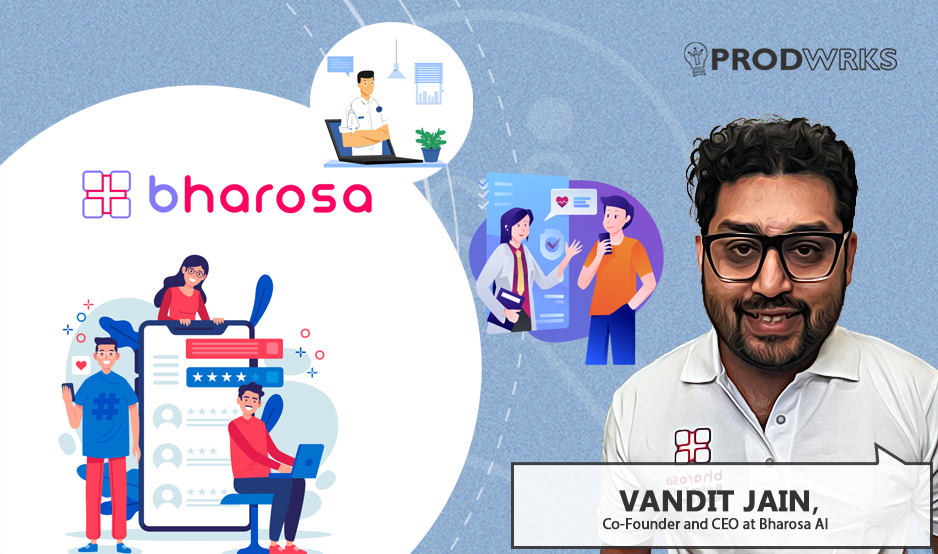
The author of this article, Hormazd Mistry, is the CEO of ROI Institute India.
By focusing on a culture of well-being, organizations can create an environment that supports employee happiness while enhancing continuous learning and development.
Let’s explore the vital role of employee well-being training in nurturing a learning organization.
1. Enhances Resilience and Adaptability
Employee well-being training equips individuals with the tools and strategies that manage stress, build resilience, and adapt to change. A resilient and adaptable workforce is better equipped to embrace new challenges, learn from setbacks, and seek growth opportunities.
Well-being programs that include stress management techniques, mindfulness training, and emotional intelligence development can help employees navigate the complexities of work and life, fostering a mindset of continuous learning.
2. Promoting Work-Life Balance
A balanced work and personal life is crucial for employee well-being. Prioritizing work-life balance through training initiatives creates an environment where employees feel supported in managing their personal and professional commitments.
This balance allows individuals to recharge, enhancing their focus, motivation, and ability to engage in ongoing learning. Encouraging employees to prioritize self-care and providing flexible work arrangements can help cultivate a culture that values personal well-being, leading to increased learning opportunities.
3. Improving Mental Health and Emotional Well-being
Emotional well-being and Mental health are fundamental pillars of employee well-being. Training programs that address stress reduction, emotional intelligence, and mental health awareness contribute to creating a psychologically safe workplace.
Employees that feel supported in managing their mental health are more likely to learn without fear of judgment or stigma. Destigmatizing mental health challenges and promoting self-care allows organizations to foster an environment of personal growth and development.
4. Encouraging Self-Reflection and Self-Development
Employee well-being training often incorporates elements of self-reflection and self-development. These programs provide individuals with opportunities to gain a deeper understanding of their strengths, values, and areas for improvement.
Exercises such as self-assessments, goal setting, and feedback sessions help employees actively engage in their personal growth journeys. By fostering a culture that encourages self-reflection and self-development, organizations empower employees to take ownership of their learning journeys, leading to enhanced performance and continuous improvement.
5. Cultivating Supportive Relationships and Collaboration
Employee well-being training can also facilitate the development of supportive relationships and collaboration within the organization. Programs that promote teamwork, effective communication, and empathy contribute to a positive work environment where individuals feel connected and valued.
When employees feel supported and connected to their colleagues, they are more likely to engage in collaborative learning, knowledge sharing, and mentorship opportunities. Nurturing these relationships is essential for creating a learning organization where individuals can leverage collective wisdom and expertise.
6. Leveraging Technology for Learning and Well-being
In the digital age, organizations can access various tools and technologies that support learning and well-being. Integrating technology platforms for e-learning, virtual coaching, and well-being resources can enhance employee accessibility and engagement.
By leveraging technology effectively, organizations can provide flexible and personalized learning experiences that cater to individual needs and preferences, ultimately contributing to overall employee well-being.
7. Leveraging Technology for Learning and Well-being
Employee well-being training directly impacts employee engagement and productivity. Employees who feel valued, supported, and cared for, are more likely to be engaged and motivated to contribute their best efforts.
By investing in their well-being, organizations create a positive work environment that fosters loyalty and commitment. Engaged employees are more likely to actively participate in learning opportunities, seek out challenges, and continuously develop their skills and knowledge.
8. Enabling Workforce Agility
In today’s rapidly evolving business landscape, organizations need agile and adaptable employees who can quickly learn and adapt to new technologies, processes, and market trends. Employee well-being training helps nurture a growth mindset and fosters a culture of learning agility.
It encourages employees to embrace change, take risks, and continuously seek opportunities for growth and improvement. An agile learning workforce is better equipped to navigate uncertainties, innovate, and drive organizational success.
9. Boosting Employee Retention and Attraction
Organizations that prioritize employee well-being and invest in their development create an attractive workplace for top talent. In a competitive job market, employees seek out organizations that prioritize overall well-being while offering continuous learning and growth opportunities.
Offering robust well-being training programs helps organizations differentiate themselves as employers of choice, attracting and retaining top talent committed to continual learning that aids personal and professional development.
Final Thoughts
Employee well-being training leads the way in fostering continuous learning and development within organizations. It is a powerful tool helping organizations nurture a learning culture while improving employee productivity, engagement, and overall well-being. In a learning organization, employee well-being is essential for success.
By prioritizing the well-being of employees, organizations can create an environment that supports resilience, work-life balance, mental health, self-reflection, collaboration, and technological advancement. It is essential to recognize the interplay between employee well-being and continuous learning.
By integrating well-being initiatives into learning and development strategies, we can help create thriving organizations where employees can grow, innovate, and contribute to long-term success.
ABOUT THE AUTHOR

Hormazd Mistry is the CEO of ROI Institute India. He is a renowned industry expert with over two decades of experience in executive development programs. He has worked for multinational organizations like Wipro, HERE Technologies, IKS Health, and leading teams across geographies. Over the years, he has delivered over 25,000 hours of training on topics including but not limited to technical, trainers, leadership teams, behavioral training, etc.
He is a certified ATD Master Trainer™ and a Crucial Conversations Trainer certified by Crucial Life Changing Skills. He is also certified in Human Performance Improvement and Evaluating Learning Impact from the Association of Talent Development.



